Flood Resources for Agriculture
Use this information to prepare for and manage flood on your farm or ranch.
All Flood Resources for Agriculture Content
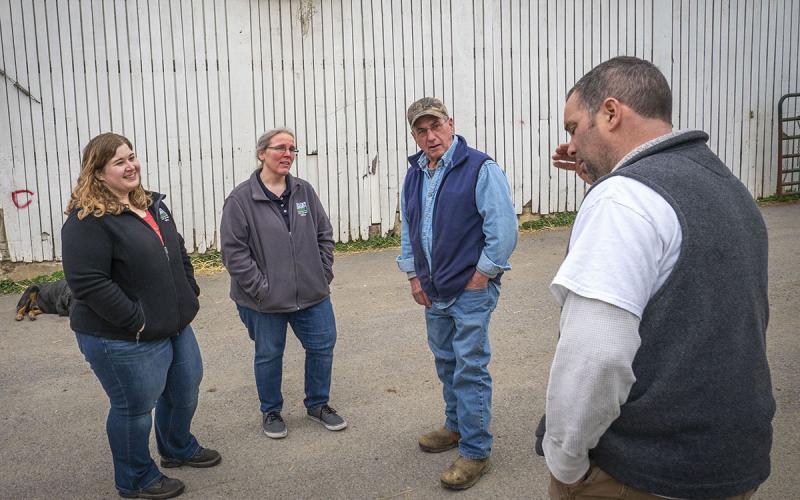
A Disaster-Ready Strategy for Cattle Operations
Cattle producers can minimize risk and maximize resilience. Having a written emergency action plan and routine exercise of the plan helps ensure animal welfare and business continuity.
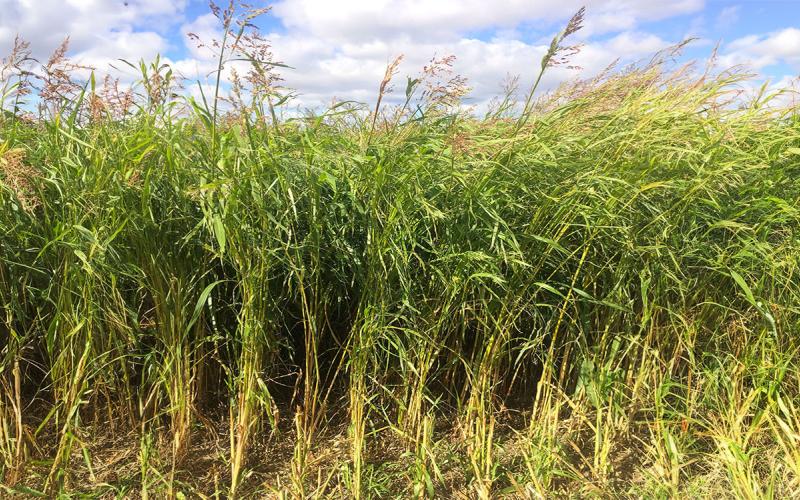
Your Cash Crop Flooded Out. What’s Plan B?
With significantly higher than normal precipitation in eastern South Dakota, many producers will soon be seeking a "Plan B" for their flooded-out row crops.
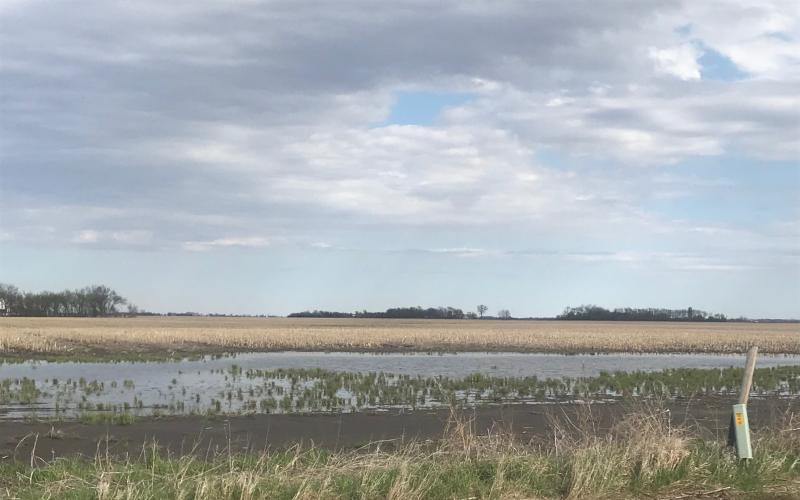
Delayed Planting Challenges: Cover Crop Considerations
High waters and saturated soils across many counties in South Dakota have producers worried about getting their crops planted in a timely manner this spring. In many areas, typical cash crops will not be a possibility. Producers may need to develop alternative plans.

Delayed Planting Challenges: Alternative Forages
With the excessively wet planting conditions much of South Dakota is now experiencing, many producers are looking for “Plan B” to meet forage needs for their livestock, or as a commodity that can be marketed to livestock producers.
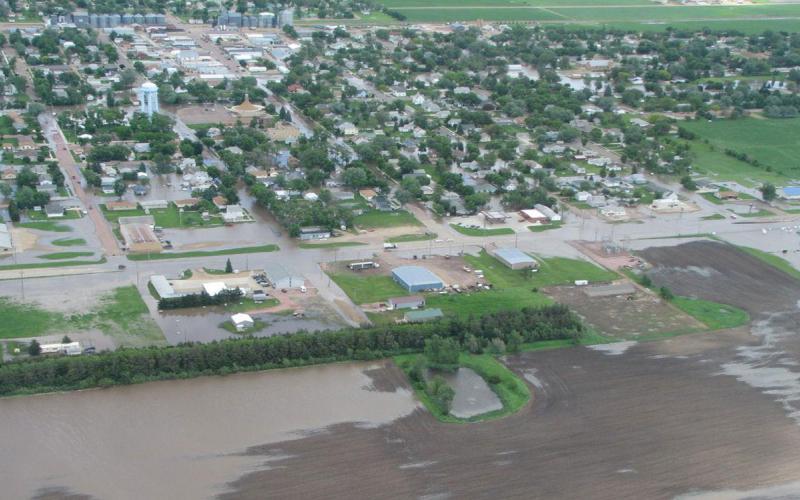
Educating About Flooding and Associated Activities
This series of five articles is designed to educate readers about flooding and the associated activities to prepare for, respond to, and recover from flood events.

Where do floodwaters go and what do they leave behind?
Understanding the pathways and impacts of receding floodwaters is crucial for effective flood management and recovery efforts.

Restoring and Sampling Private Wells in South Dakota
In South Dakota, private well owners must take immediate and effective steps to restore their wells after a flood. This guide provides essential information on assessing, repairing, disinfecting, and sampling your well.
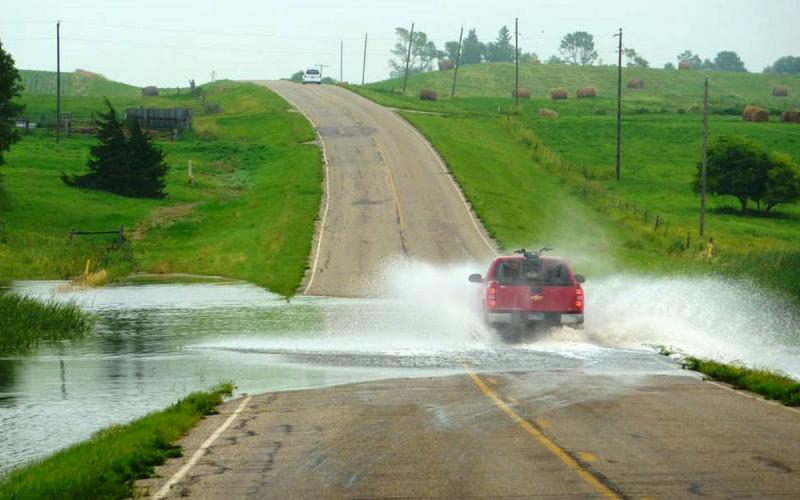
Understanding Flood Hazards in the United States
Understanding the different types of flood hazards and their causes is crucial for effective flood management and disaster preparedness.
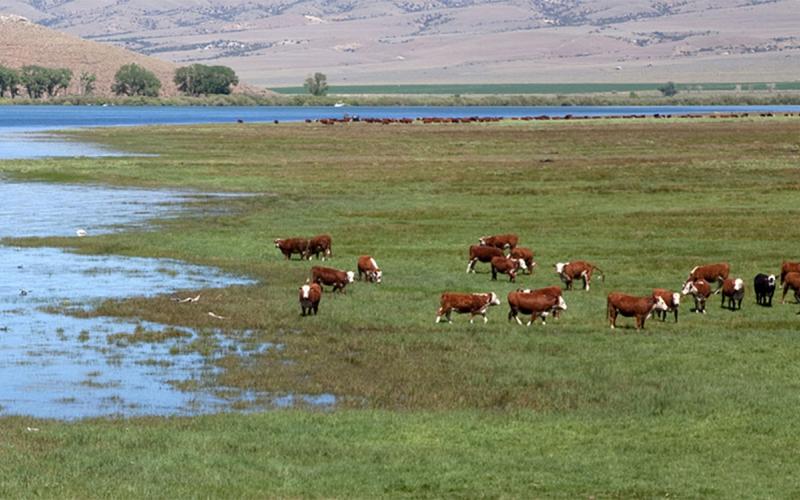
Management of Flood-Damaged Pastures
Receding flood water is just the start of recovering pasture ground following a flood event. Learn some expert tips for thoroughly evaluating damaged pastures before regrazing.
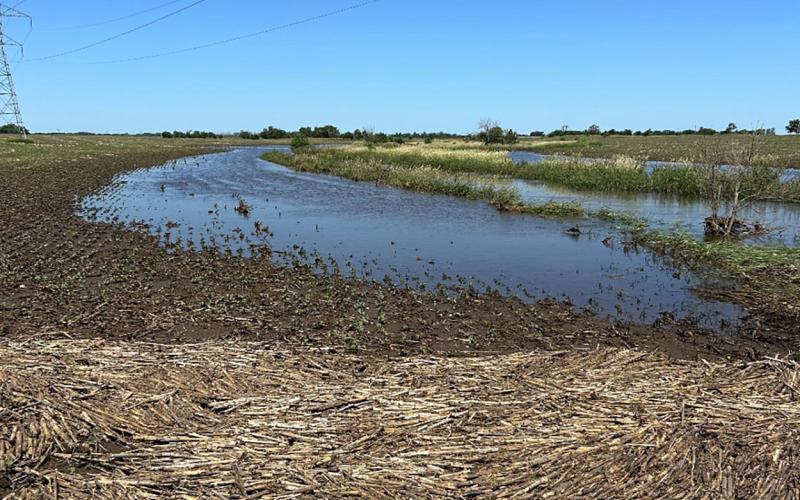
Replanting in Flooded Soybean Fields
If you have large, flooded areas where soybeans have died this summer and herbicides are limiting your replant options, consider trying late-maturing soybeans as cattle feed this year.